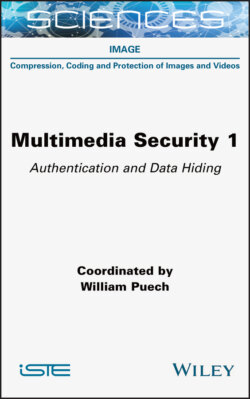Читать книгу Multimedia Security, Volume 1 - William Puech - Страница 39
1.4.3. Limits of detection demosaicing
ОглавлениеRecent methods proposed by Choi et al. (2011), Shin et al. (2017) or Bammey et al. (2020) are able to analyze the mosaic of images well enough for practical applications. It is now possible to detect, even locally, the position of the Bayer matrix. Detecting the presence of demosaicing artifacts is generally easy, even though their absence is not necessarily a sign of falsification because most modern demosaicing algorithms leave little to no artifacts on easy-to-interpolate regions. However, the range of images that can be detected remains limited. Demosaicing artifacts are 2-periodic, and they reside in the highest frequencies. As a result, they are entirely lost when the image is downsampled by a factor of at least 2. More generally, image resizing will also rescale the demosaicing artifacts; even though those might not always be lost, detection methods would need to be adapted to the new frequencies of the artifacts. JPEG compression is an even more important limitation. As compression mainly drops precision on the high-frequency components of an image, demosaicing artifacts are easily lost on compressed images. To date, even the best methods struggle to analyze CFA artifacts even at a relatively high compression quality factor of 95. Internal learning presented in Bammey et al. (2020) provides some degree of robustness to JPEG compression; however, demosaicing artifact detection remains limited to high-quality images, uncompressed or barely compressed, and at full resolution. This complements well the detection of JPEG compression, which we will now present.
